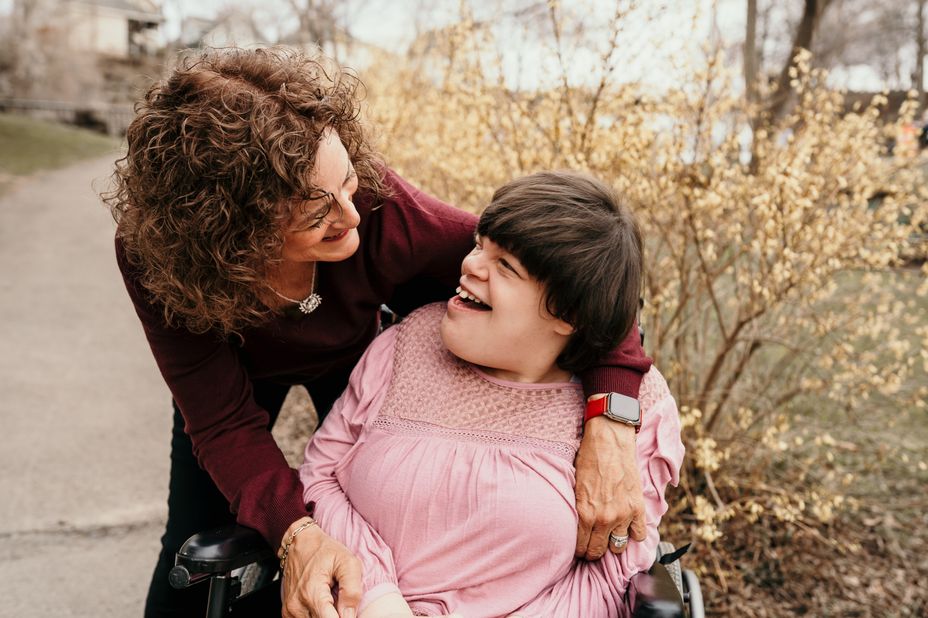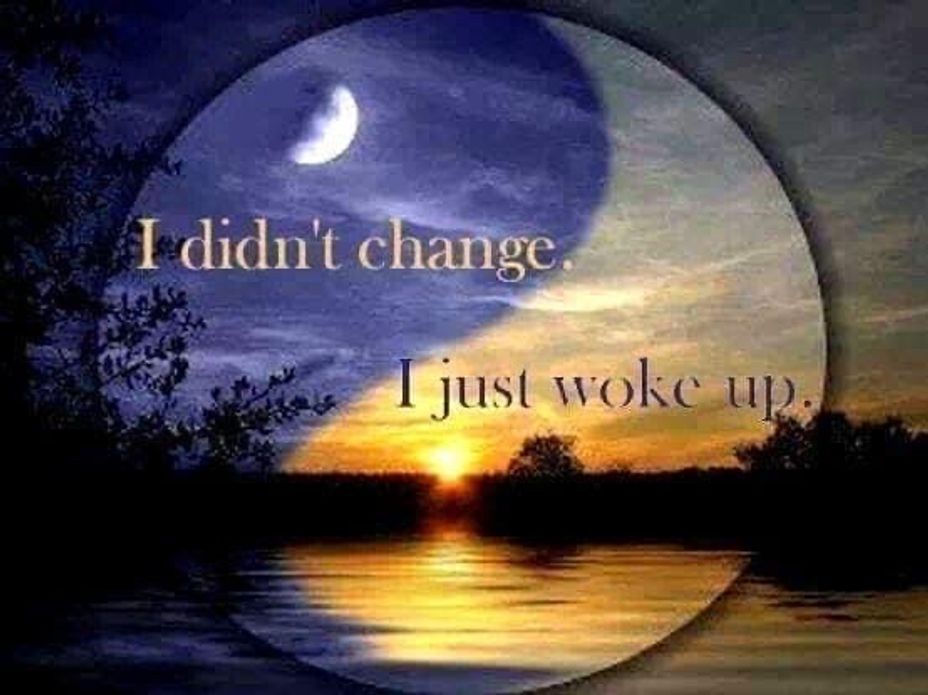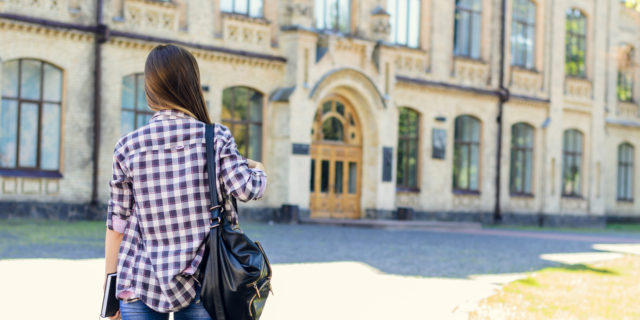Finding the Right Fit, From Inclusion and Beyond: A New Day Program for Jessica after 20 Years.
This is our daughter Jessica's story and the narrative for many adults who require assistance with all daily living skills and have a severe intellectual disability.
Finding the Right Fit
It's bewildering how we lose the dedicated funding and energy invested in including individuals like Jess in public schools once they reach age 21. Typically, opportunities for Jess and her peers in adulthood confine them to self-contained classrooms, with most activities being exclusionary. Finding the right fit after an inclusive public school education is difficult.
When our daughter, Jessica, was born in 1982, we didn't know she had a diagnosis. She was our teeny first baby. Jess came home from the hospital weighing less than five pounds, yet she was born near her due date. We called her Peanut at the time. We discovered, much later, that Jess had a rare chromosome deletion and was delayed in all her milestones. Our daughter, age 41, cannot care for herself, uses a wheelchair, is non-verbal, and has a severe intellectual disability. Jessica is also the brightest, most joyful star in the room.
Early Education
Jessica's early education encompassed numerous schools and classrooms. Federal Early Intervention for Infants and Toddlers was not enacted until 1986. It was still 1982, and we enrolled Jessica in a local infant stimulation program for babies with developmental delays. She transitioned to a special education classroom in a center for children with special needs at age three, and at age five, she went to a school district Board of Cooperative Education (BOCES) program. The program was over 30 minutes from our home, and Jess remained in that program, which moved from district to district until she was twelve.
Meanwhile, I worked with our local education district, Committee on Special Education (CSE), to include Jessica in our neighborhood middle school. Like the line from the old TV show, "Cheers," we wanted everyone to know her name. At Jessica's CSE meetings, we planned intensely for her return to the district and entry into middle school. The school prepared to welcome its first student in a wheelchair.
Success
One of the first times I knew this was a success was when I took Jessica to our local food market. Some of her peers were in the store, and instead of getting the "who is that in the wheelchair" glare, we received a warm greeting. The kids approached Jess, called her by name, and said she attends my school. This gesture brought tears to my eyes.
High school was quickly approaching, and in our and the district's opinion, Jess needed another change as she prepared for graduation and adulthood. Full inclusion in high school would not have the same benefits as in the lower grades. We believed Jess would not get the same opportunities for friendship and socialization in a secondary school math or science classroom.
Once again, Jess returned to BOCES, but this time, the setting was in our neighborhood school. Her teacher, Leslie (Les), set up a reverse inclusion program whereby interested high school students entered Jessica's classroom and assisted. Jess joined the chorus during high school and participated in other typical activities. She still hums the music scales learned in high school chorus over 20 years ago.
Prom Date!
Jessica's next transition was to an adult day program. At her adult program, we hoped that Jess would feel useful, have friends, laugh, hum familiar tunes, and continue to maintain the goals she achieved in high school and strive to reach new heights. Adulting in Jessica's world is far different than in public schools. The regulations are less rigorous than in public schools, the staffing requirements are inconsistent, inclusion is non-existent, and the hope for daily experiences in the community has yet to come to fruition.
WHAT WAS ALL THAT INCLUSION FOR
Many of Jessica's peers, who have more life skills, are in supportive employment and other inclusive community adventures. Yet, individuals who require more daily assistance often get stuck in exclusionary settings. Jessica's original adult day program started differently. They explored the community, took field trips, and left the building. We connected with many staff and developed relationships.
A lot changed after Covid, and Jess was out of the program for nearly three years. A few months ago, I visited Jessica in her current classroom, saw the lack of interaction and activity, and knew it was time for a change.
The system is broken. New staff often enthusiastically start their positions, hoping to make a difference in somebody's life. Yet, the red tape and restrictions usually knock them down. This profession requires a significant level of responsibility, yet the wages provided are not commensurate.
Adult programs require a culture of creativity, respect, collaboration, and encouragement. Our daughter, Jessica, loves meeting new friends, cherishes music, and enjoys outings. A way to incorporate more community activities into a daily program should exist.
Jess has been in the same day-habilitation program since graduation in 2003. After##@ 20 years, we have decided to transition to a new program.
We HOPE for the future.#RareDisease #Parenting #Transition #SpecialEducators #SpecialNeeds #dayhab #dayprogram #Disability #IDD #Hope #FamilyAndFriends @amanda-buck @amanda-hvass @amanda-snyder @breecoffey @cherieehlert




